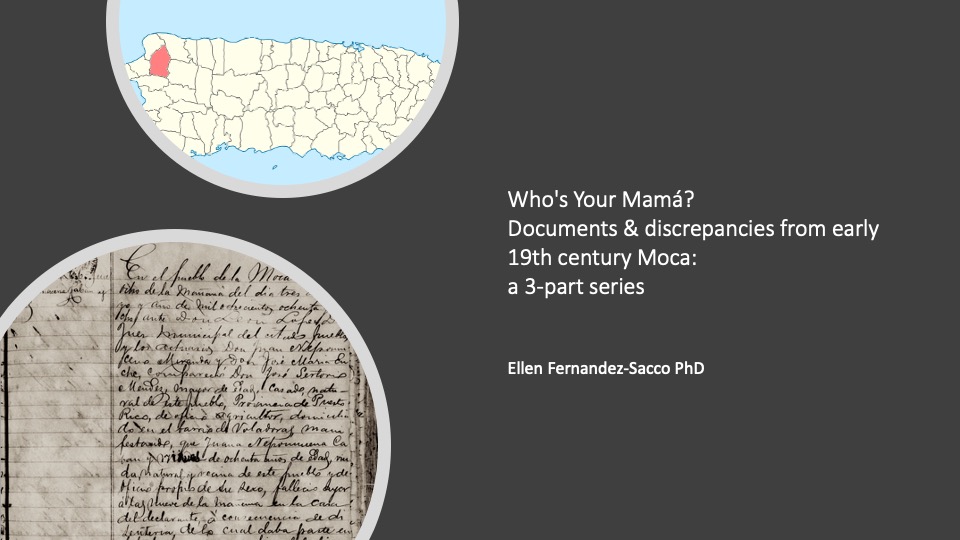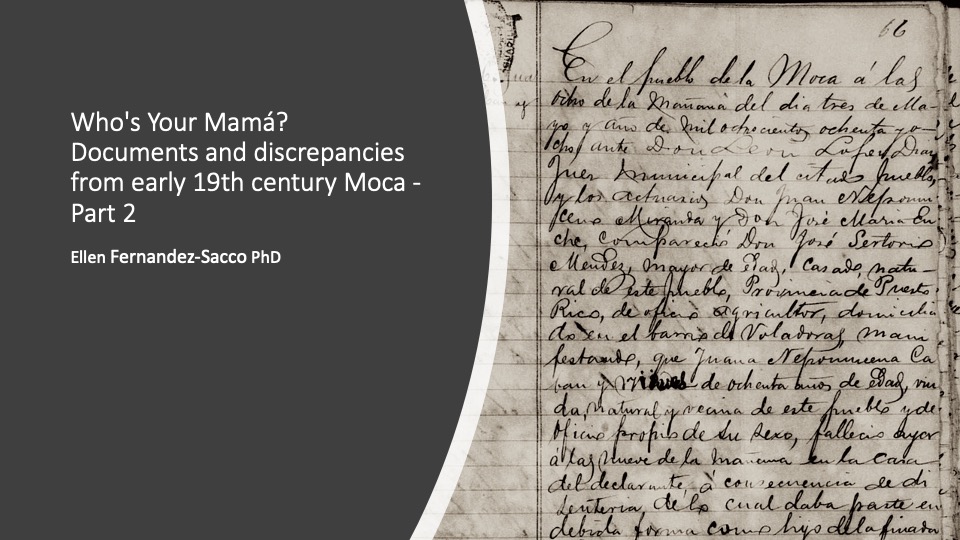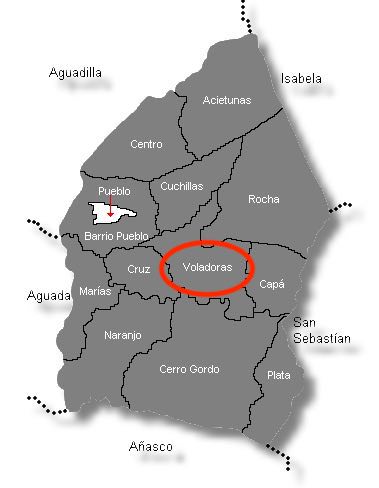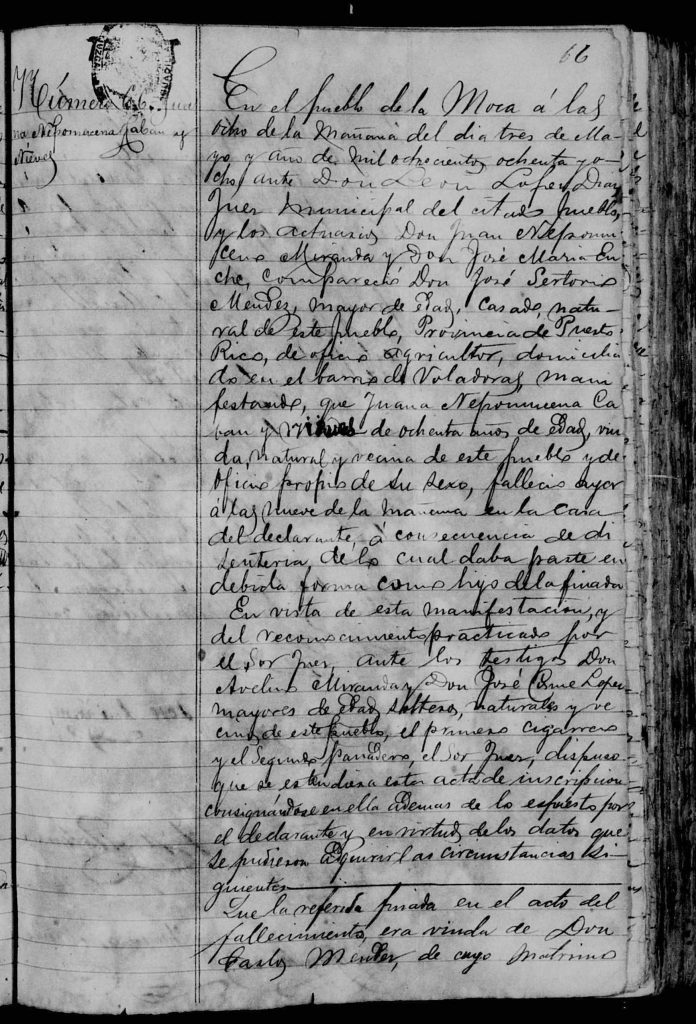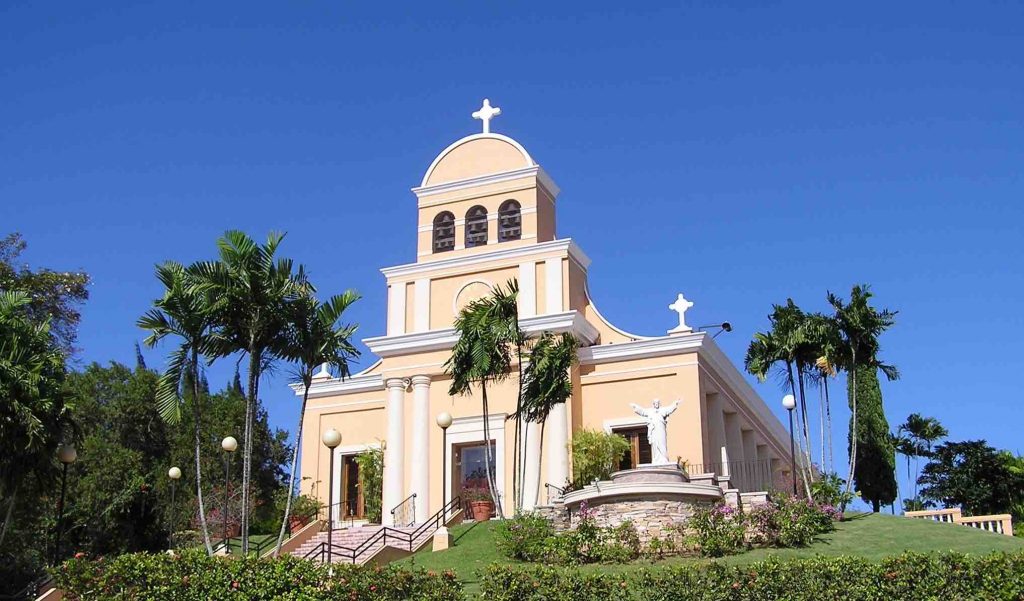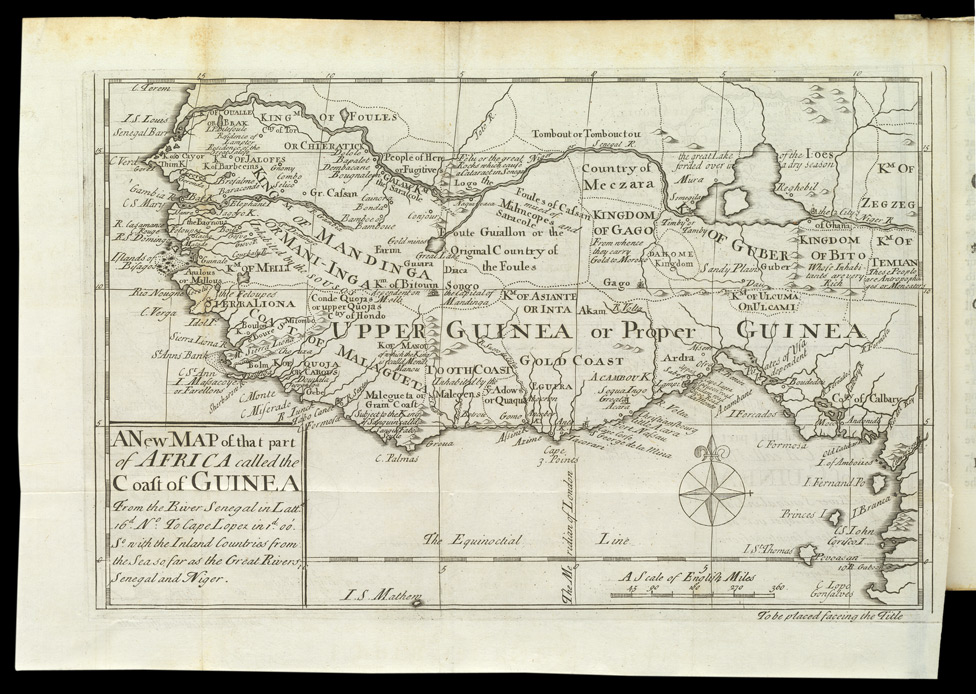
Juan Jose Carrillo & Antonia Maria Figueredo Santana: 6th GGPs
I’m still reeling. This was a momentous week in more ways than one. Recently I was compiling a list of African ancestors from the 1870 cedulas, and my cousin Miguel Valentin forwarded some links on FamilySearch for Carrillos in case they might connect.
Then I saw Liza Ceballos’s post on Facebook on Carrillo and in her search on my Carrillo cluster, she collected a couple of posts that happened to be on my line. I couldn’t believe it, my ancestor Simon Carrillo had siblings and now, the names of his parents were in those baptisms. Although I suspected that this line would be the most likely to have a connection to Africa, my DNA percentages were low, and I wondered if i’d ever have a location.
With the name Juan Josef/ Juan Joseph/ Juan Jose Carrillo, I began my search and there was his death certificate– and I was floored. Above is William Snellgrave’s 1734 map of the region of Guinea that my 6th Great Grandfather was taken from made near the time he was born. To have a location identified is so rare, and unexpected since in his children’s records he and his wife are described as ‘morenos libres‘ literally ‘free browns’.
A Free man, a soldier in the Militia, a landowner and farmer in Rio Piedras with a wife and thirteen children. So many questions, so much joy at finding this cluster of family.
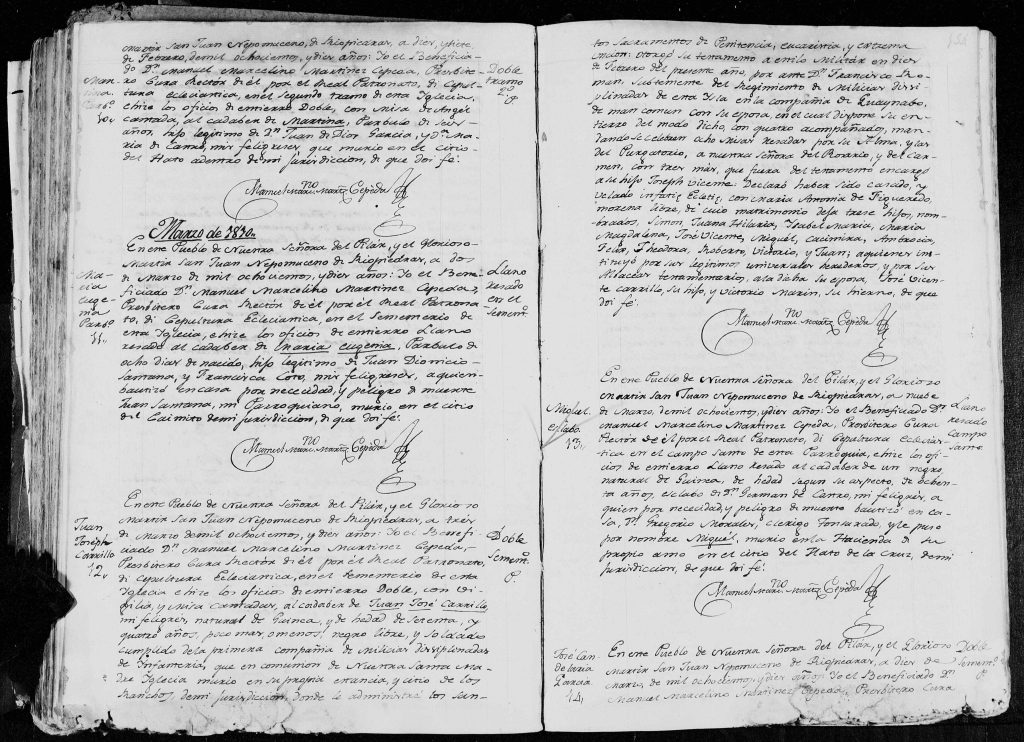
En este pueblo de Nuestra Señora del Pilar y en Gloria de San Juan Nepomuceno de Río Piedras a tres de marzo de mil ochocientos y diez años Yo el Beneficiado Don Manuel Marcelino Martínez Cepeda, Presbítero Cura Rector de él por Real Patronato de cepultura eclesiástico en el cementerio de esta Yglesia e hize los oficios de entierro doble con el []lia y misa cantadas al cadaver de Juan José Carrillo mis feligreses, natural de Guinea de edad de sesenta y cuatro años poco más o menos, negro libre y soldado cumplido de la Primera Compañía de Milicias Disciplinadas de Infantería que en común de Nuestra Santa Señora madre yglesia murió en su propia estancia Citio de los Ranchos de mi jurisdicción. Donde administran los santos sacraméntales de penetencia en [ ] y extrema unción: otorgó su testamento a estilo militar el diez de febrero del presente año, por ante Dn Francisco Roman subteniente del Regimiento de Milicias Urbanas de esta Ysla en la Compañía de Guaynabo de mancomún con la esposa el cual dispone su entierro de modo dicho con cuatro acompañados, mandado se celebran ocho misas resadas por su alma y las de purgatorio a nuestra señora del Rosario y del Carmen con tres más que fuera del su testamento en cargo de su hijo Joseph Vicente. Declaró había casado y velado en infacie eccles, con María Antonia de Figueredo, morena libre de este matrimonio deja trece hijos nombrados Simón, Juana Hilaria, Ysabel María, María Magdalena, José Vicente, Miguel, Cacimira, Ambrosía, Félix, Theodora, Roberto, Víctorio y Juan a quienes instituyó por ser legítimos herederos y por sus Albaceas su hijo y Victorio Marín su yerno de que doy fe.
Manuel Martínez Cepeda
In this town of Our Lady of Pilar and Glory of Juan Nepomuceno de Rio Piedras on the 3rd of March one thousand eight hundred and ten years I the Incumbent Don Manuel Marcelino Martínez Cepeda, Priest Rector for him by Royal Patronage for ecclesiastic burial in the cemetery of this Church and made double burial services with the [ ] and sung masses for the cadaver of Juan Jose Carrillo of my parish, natural of Guinea of the age of sixty four years more or less, free Black and soldier of the First Company of Disciplined Militias of Infantry. that in common with Our Sacred Mother Church died on his proper farm Place of the Ranches under my jurisdiccion. Where was administered the Holy Sacraments of Penitence and Extreme Unction: He gave his will in military style the tenth of February of this year, before Don Francisco Roman sublieutenant of the Regiment of Urban Milicias of this Island in the Company of Guaynabo jointly with his wife who arranged his burial so said with four accompanying. mandated that eight prayed masses for his soul and for purgatory to Our Lady of the Rosary and of Carmen with three more besides that of his will in charge of his son Joseph Vicente. Declares having married and veiled in presence of the congregation with Maria Antonia de Figuredo, free brown woman: of this marriage leaves thirteen children named Simón, Juana Hilaria, Ysabel María, María Magdalena, José Vicente, Miguel, Cacimira, Ambrosía, Félix, Theodora, Roberto, Víctorio y Juan to whom he instituted as his legitimate heirs and for his Executors, his son and Victorio Marin his son in law that I bear witness.
Manuel Martinez Cepeda

7th GGPs: Francisco Figueredo & Ana Santana
Antonia Maria Figueredo Santana dies at the age of 100 years in San Juan in 1830. Born about 1730, her parents are Francisco Figueredo and Ana Santana. I’m still researching and it seems she had at least one half sibling. Francisco gained his freedom sometime between 1711 and 1713. Records are fragmentary and i’m searching for more information.
For all the damaged and lost records I have seen for Puerto Rico, it is a miracle to learn their names. I want to thank all those who make the search easier, and possible via transcriptions & indexes- Yvonne Santana Rios, Yvette Izquierdo, distributed by Anna Bayala on her site Genealogia Nuestra, FS, the sharing of information in Facebook groups and list-serves, the DNA matches that come to be friends and family. There will be more to come…
You can read about how I traced my 5th GGPs which helped me get to this point: via their son Simon Carrillo and his wife Josefa Santiago Diaz: The Many Names of Telesforo Carrillo

